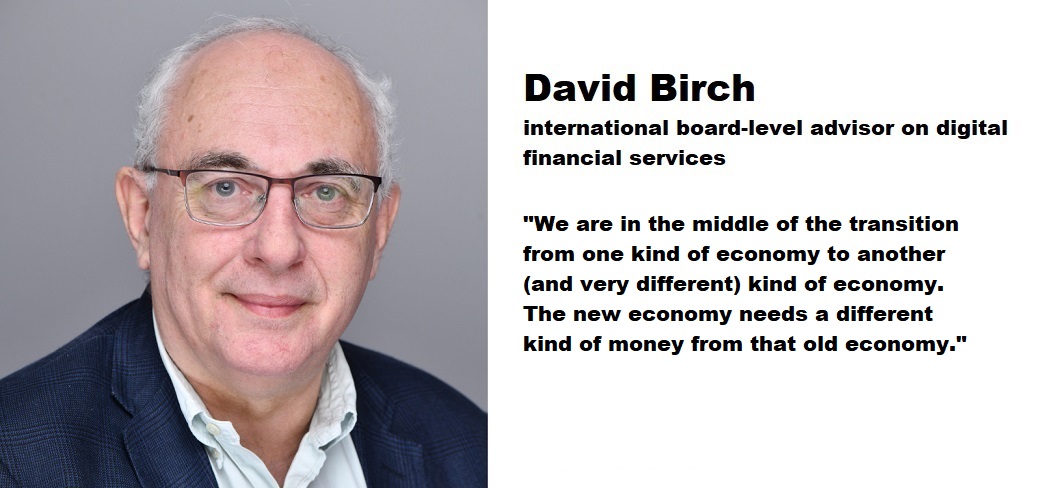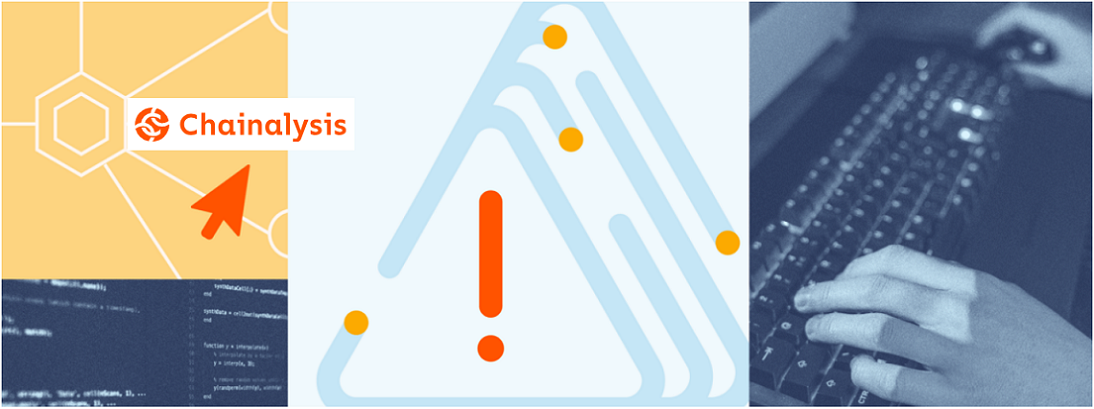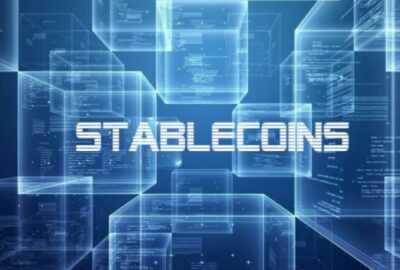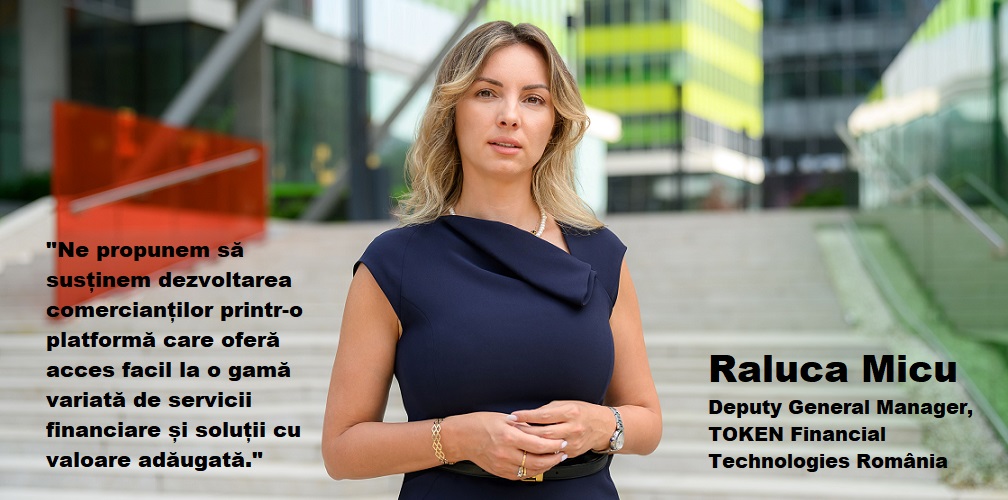BIS working papers No. 1183: Why DeFi lending?
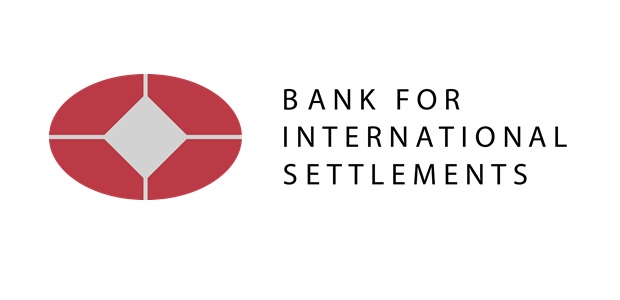
Authors: Giulio Cornelli Leonardo Gambacorta, Rodney Garratt and Alessio Reghezza
Decentralised finance (DeFi) lending protocols have experienced rapid growth, going from zero to more than $50 billion in total value locked in less than two years. However, little is known about the motives for lending or borrowing through these protocols. The motivations driving investors remain largely unexplored. The authors use granular, transaction-level data from Aave, a leading player in the DeFi lending market, to study these motivations.
„Our theoretical and empirical findings reveal that the search for yield predominantly drives liquidity provision in DeFi lending pools, whereas borrowing activity is mainly influenced by speculative and, to some extent, governance motives. Both retail- and large investors seek potential high returns through market movements and price speculation, however the latter engage in DeFi borrowing relatively more than the former also to influence protocol decisions and accrue more significant governance rights.” according to the authors.
Despite its rapid growth, from a macroeconomic perspective DeFi lending volume is still fairly modest. The overall DeFi lending protocols debt outstanding is estimated to be around $ 25 bn (International Monetary Fund (2022)), which is just a tiny fraction compared to the volume of debt outstanding in the overall financial system. Nonetheless, given the rapid evolution of the DeFi ecosystem, a small size today does not guarantee the size stays on such a scale further out in the future. Furthermore, the lack of supervision and the high degree of interconnectedness in the crypto eco-system are just two additional arguments for monitoring this market closely.
Contribution
The authors contribute to a fast-growing literature that compares traditional financial intermediation based on borrower reputation and financial strength with the DeFi lending market where participants are anonymous. „Specifically, we propose a theoretical model that derives testable hypotheses that motivate deposit and borrowing transactions on DeFi protocols, and then we test these hypotheses empirically.”
Findings
We find that liquidity provision in DeFi lending pools is mainly driven by the search for yield. This effect is particularly strong for retail users and has been reinforced by the „low-for-long” interest rate environment in advanced economies. We trace the motivations for borrowing through DeFi protocols primarily to speculation and, to some extent, to increasing voting power by temporarily raising a user’s stake in governance tokens.
Finally, we find key differences in behaviour between different types of investors. The deposit decision of retail investors is driven by the interest rates on alternative forms of investment available in the real economy. Conversely, the deposit decision of large investors is guided primarily by the interest rates offered in the DeFi protocol.
On the borrowing side, the decisions of both retail and large investors are driven by speculative motives, seeking potentially high returns through leverage, market movements and price speculation. However, while retail investors show „fear-of-missing-out” behaviours, large investors do not. Furthermore, large investors engage relatively more than retail investors in DeFi borrowing for governance motives, such as influencing protocol decisions and accruing more significant governance rights.
Source of the report: Link
Dariusz Mazurkiewicz – CEO at BLIK Polish Payment Standard
Banking 4.0 – „how was the experience for you”
„To be honest I think that Sinaia, your conference, is much better then Davos.”
Many more interesting quotes in the video below:

